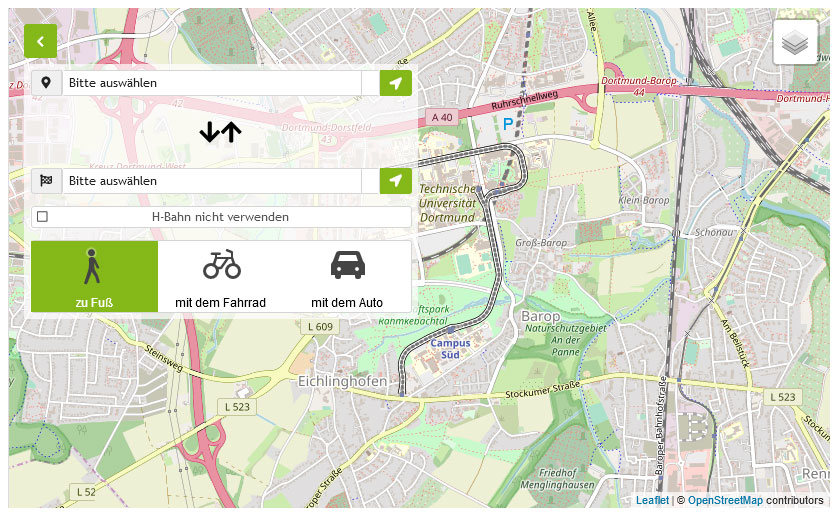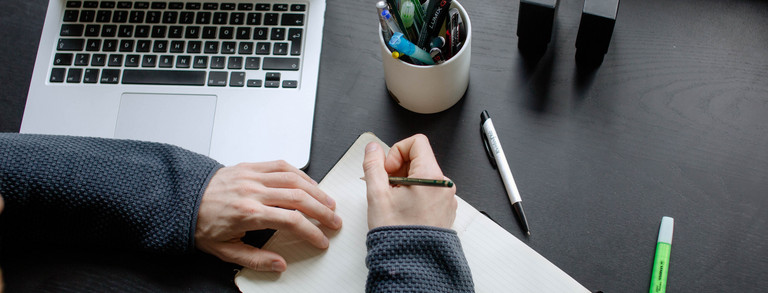Introduction to Process Dynamics and Control
| Type | Lecture (2 SWS) + Exercise (2 SWS) |
| Rhythm | Winter Semester |
| Audience | Bachelor BIW, CIW Master PSE |
| Language | English |
| LV number | 061510 |
| LSF number | 061511 |
Please refer to the LSF for the most recent information.
Course content
This course also covers "Prozessdynamik und Regelung" in the B.Sc. program of Bio- und Chemieingenieurwesen.
The course which is taught in English provides the students with the foundations to model and analyse dynamic systems and to understand and design feedback controllers. It covers the following topics:
Modelling an analyzing dynamic systems
- Setting up dynamic balance equations
- Concept oft he state of a system
- Properties of dynamic systems
- Modelling of chemical and biochemical reactors
- Representation of models by block diagrams
- Stationary behavior of dynamic systems
- Dynamic behavior around equilibrium points and their stability (linerarization around equilibrium points, analysis of eigenvalues and eigenvectors, phase portraits, global and local stability)
- State feedback and state estimation
- Numerical simulation of dynamic systems
Analysis and tuning of simple control loops
- Laplace-transform and transfer functions
- Poles and zeros of transfer functions and their importance
- Input-output stability
- Root locus method
- Tuning of standard (P, PI, PID) controllers
Acquired competences
The course provides the ability to independently formulate and analyze dynamic models of medium complexity as well as a basic understanding of the behavior of control loops. Students understand the basic behavior and limitations of algorithms for numerical simulation and can select suitable methods for a given problem. They can represent and analyze control loops in the form of block diagrams and select suitable controllers for single-loop control loops after analyzing the process dynamics and set them up using the design procedures taught. They are able to identify the causes of unsatisfactory controller behavior and make suggestions for remedial action.
Details
| Exam | Written (90 min) |
| Preliminaries | Höhere Mathematik 1, Höhere Mathematik 2 |
| Literature | The slides of the course and any additional materials such as literature lists and website recommendations will be published in the virtual workrooms in Moodle provided for this purpose. Details will be announced at the beginning of the course. |
Only the information found in the LSF and the most recent edition of the Modulhandbuch der Fakultät
Bio – und Chemieingenieurwesen is binding. The content on this page may not reflect the most up-to-date information.


